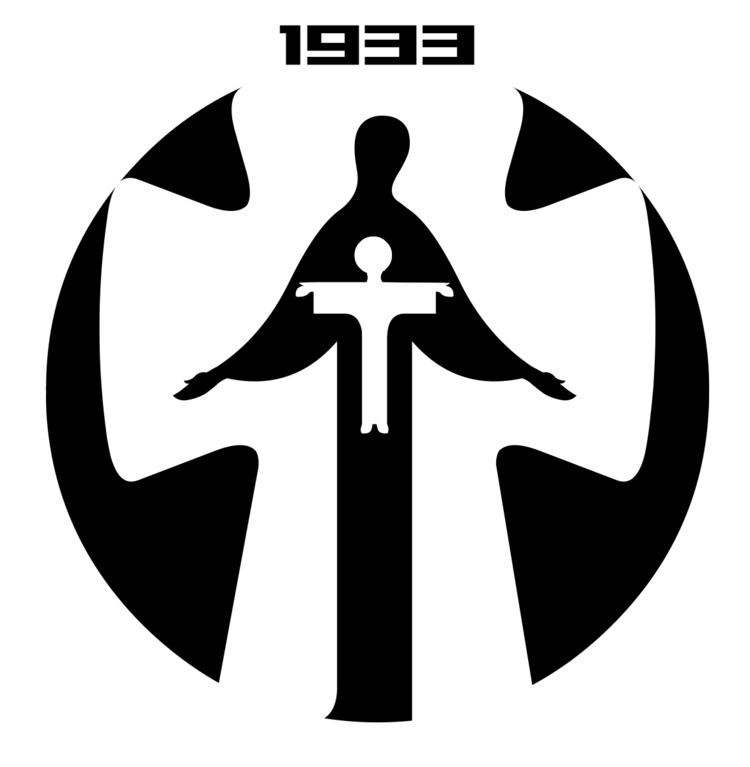 | ||
The US Commission on the Ukraine Famine was a commission set up on December 13, 1985, “to conduct a study of the 1932-1933 Ukrainian Famine in order to expand the world’s knowledge of the famine and provide the American public with a better understanding of the Soviet system by revealing the Soviet role”. Its findings were delivered to the US Congress on April 22, 1988. The Soviets tried to establish a kind of counter-Commission at Ukrainian SSR.
Contents
Members and Staff
Staff Of The Commission On The Ukraine Famine
Duties
- to study the Famine by gathering all available information about the Famine, analyzing its causes and consequences, and studying the reaction of the free world to the Famine;
- to provide interim reports to Congress;
- to provide information about the Famine to Congress, the executive branch, educational institutions, libraries, the news media, and the general public;
- to submit a final report to Congress on or before April 23, 1988; and
- to terminate 60 days thereafter.
Findings
Based on testimony heard and staff research, the Commission on the Ukraine Famine makes the following findings:
References
U.S. Commission on the Ukraine Famine Wikipedia(Text) CC BY-SA
